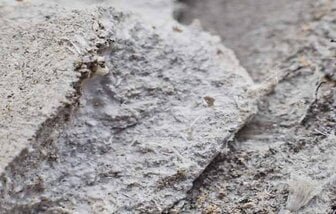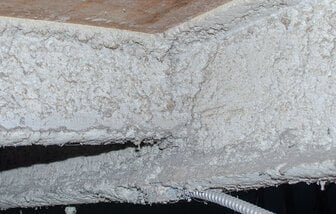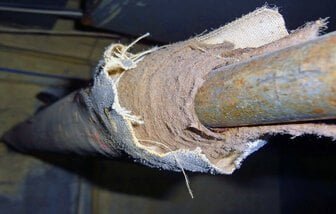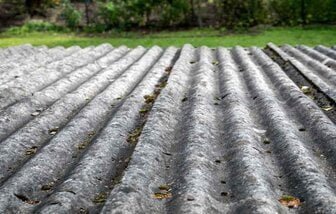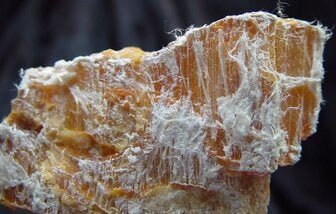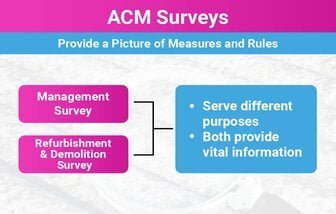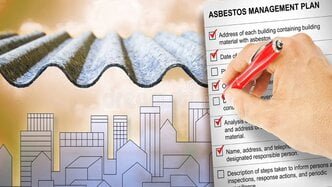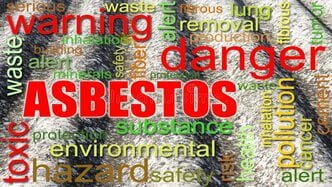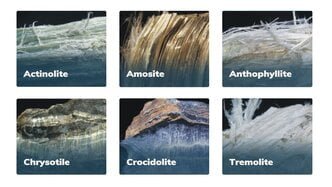Asbestos sprayed coatings
Learn about asbestos sprayed coatings, their health risks, regulations, and how to manage them. Find out why the use of asbestos sprayed coatings has been banned and the importance of proper asbestos removal and disposal. Ensure the safety of occupants and workers by understanding the risks associated with asbestos and taking appropriate measures.
Asbestos sprayed coatings
Asbestos sprayed coatings have been widely used in the construction industry in the past, particularly in the United Kingdom.
These coatings were applied to surfaces to provide fire resistance and insulation. However, due to the health risks associated with asbestos, the use of these coatings has been banned in many countries, including the UK.
Asbestos sprayed coatings were a popular choice for fireproofing and insulation in buildings. The coatings were typically applied to steelwork, concrete, and other surfaces to protect them from fire damage and to provide thermal insulation.
The coatings were made by mixing asbestos fibers with a binder, such as cement or resin, and then spraying the mixture onto the desired surface. The resulting coating formed a layer that provided protection against fire and heat.
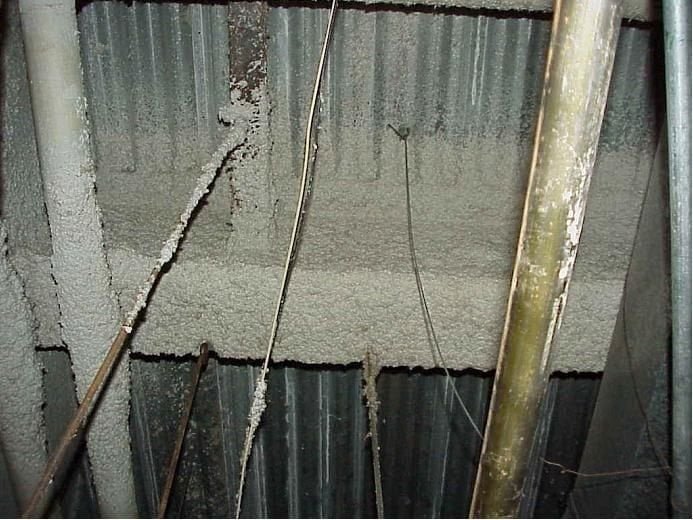
Asbestos is a naturally occurring mineral that was once widely used in various industries due to its desirable properties, including heat resistance and durability. However, it was later discovered that exposure to asbestos fibers can cause serious health problems.
When asbestos fibers are inhaled, they can become lodged in the lungs and other organs, leading to the development of diseases such as asbestosis, lung cancer, and mesothelioma. These diseases often have a long latency period, meaning that symptoms may not appear for several decades after exposure.
In the UK, the use of asbestos sprayed coatings has been prohibited since 1999, following the introduction of the Control of Asbestos Regulations. These regulations were implemented to protect workers and the general public from the health risks associated with asbestos.
Under the regulations, it is illegal to use, supply, or import asbestos or asbestos-containing materials. The regulations also require employers to manage the risks associated with asbestos in the workplace, including the safe removal and disposal of any existing asbestos sprayed coatings.
If you suspect that your property contains asbestos sprayed coatings, it is essential to take appropriate measures to manage the risk. Asbestos sprayed coatings are considered safe as long as they are undisturbed and in good condition.
If the coatings are damaged or deteriorating, they can release asbestos fibers into the air, increasing the risk of exposure. In such cases, it is recommended to consult a licensed asbestos removal contractor to assess the situation and carry out any necessary remediation work.
It is important to note that only licensed professionals should handle asbestos removal and disposal. Attempting to remove asbestos sprayed coatings without proper training and equipment can be extremely dangerous and may result in further contamination.
Asbestos sprayed coatings were once a common feature in the construction industry in the UK. However, due to the known health risks associated with asbestos exposure, the use of these coatings has been banned. It is crucial for property owners and employers to be aware of the regulations regarding asbestos and to take appropriate measures to manage any existing asbestos sprayed coatings to ensure the safety of occupants and workers.
Asbestos Millboard
Millboards manufactured between 1896 and 1965 can contain chrysotile asbestos (up to 97%). Often found in: Pipe runs, electrical gear, vaults, storage. Often used for: Fire protection on structural
Asbestos Cement
Generally containing 10-15% asbestos fibres which are bound in Portland cement or calcium silicate. Uncoated sheets, widely used in the past as a building material can be identified as light grey in
Asbestos Sprayed Coatings
Asbestos sprayed coatings have been widely used in the construction industry in the past, particularly in the United Kingdom
Asbestos Tiles
Learn about asbestos floor tiles in the UK, including their identification, dangers, and management. Find out how to identify asbestos floor tiles
Asbestos Lagging, Ropes & Yarns
Asbestos lagging and ropes were once widely used for their insulation properties. However, due to the health risks associated with asbestos exposure, their use has been banned in many countries.
Asbestos Textured Coatings
Asbestos textured coatings, also known as Artex or similar products, were widely used in the construction industry in the UK from the 1960s to the 1990s. These coatings were applied to ceilings
Corrugated Asbestos Panels
When it comes to garage roofing in the UK, one type of material that was widely used in the past is corrugated asbestos panels. However ue to health and safety concerns, the use of asbestos has been banned
Crocidolite Asbestos
Learn about crocidolite asbestos, a highly hazardous form of asbestos that was widely used in various industries. Discover its properties, health risks, and the importance of professional testing and removal.
Amosite Asbestos
Amosite asbestos, also known as brown asbestos, is a type of asbestos mineral that was widely used in various industries for its heat resistance and insulating properties.
Chrysotile Asbestos
Learn about chrysotile asbestos, its applications, and the potential health risks associated with exposure. Understand the importance of safety measures and regulations to prevent asbestos
Asbestos Surveys
We are able to provide any level of survey required, up to the Demolition and Refurbishment survey now required prior to the demolition of any building or structure.
What is Asbestos?
Asbestos was commonly used as a construction material in the UK between the 1950s and 1980s in particular. If your home was built between these years, chances are that you are living with Asbestos
Asbestos Management Plan
An asbestos management plan is essential for managing asbestos-containing materials (ACMs) in buildings. It aims to protect occupants and workers from asbestos exposure through identification, assessment, and control of ACMs.
Asbestos Dangers
Learn about the dangers of asbestos, its health risks including mesothelioma and lung cancer, and how to protect yourself from exposure. Understand the regulations and laws regarding asbestos, and find resources and support for asbestos-related issues.
Types Of Asbestos
Learn about the different types of asbestos, including chrysotile asbestos, amphibole asbestos, tremolite asbestos, and anthophyllite asbestos. Understand the characteristics and health risks associated with each type of asbestos.
How To Manage Asbestos
Dealing with asbestos requires caution and adherence to proper safety procedures. Identifying asbestos and taking appropriate action is crucial to protect the health and well-being of individuals. If you suspect the presence of asbestos.
Ready to start your project?
Committed to Excellence on all levels
Let's Work Together
Please complete the form below and someone from the Total team will be in touch to discuss your asbestos requirements For urgent needs, our customer support team is available through various channels. You can reach us via phone during business hours, or through our dedicated email support. We are committed to providing timely assistance and ensuring your asbestos concerns are addressed promptly and professionally.


